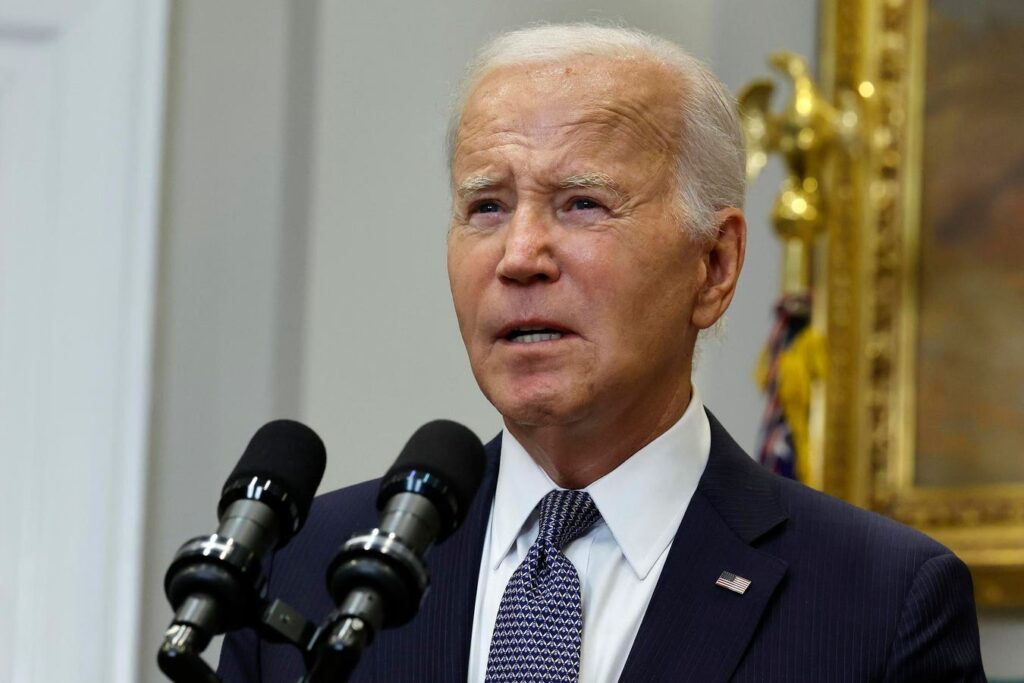When students run out of funding to pay for college tuition and fees, they often turn to parents for help. And Parent, in turn, typically look at Parent PLUS Loans, a type of federal student loan.
However, Parent PLUS loans come with higher interest rates than other federal student loans. This year, Parent PLUS loans charge a fixed interest rate of 9.08% for loans disbursed between July 1, 2024 and July 1, 2025. On top of that, Parent PLUS loans come with an origination fee off 4.228%.
Parent PLUS loans also come with no real limits. Rather, the amount you can borrow is capped at the “cost of attendance at the school your child will attend minus any other financial assistance your child receives.” For these reasons, parents can easily get into financial trouble with these loans. Not surprisingly, they often do.
Parents who take out Parent PLUS loans often borrow too much and get stuck paying off the debt at sky high rates. This is why some parents borrow for college with the Parent PLUS “borrow and die” strategy, meaning they kick the repayment can down the road long enough that they die without having to pay their debt off.
Getting Parent PLUS Loans Forgiven Through PSLF
There’s another strategy for parents who want to get rid of Parent PLUS loan debt, but because it requires a “backdoor” of sorts, you may not realize you’re eligible. Essentially, parents can have their student loans forgiven through Public Service Loan Forgiveness (PSLF) that is typically geared to students who work in public service, but only if they jump through several hoops first.
The PSLF program is aimed at borrowers who work in eligible public service positions for at least 10 years (120 months) and make loan payments on an income-driven repayment plan during that time. However, parents can qualify for this program with Parent PLUS loans based on their own employment situation if they work in an eligible public service position. It’s the part about making qualifying payments on an income-driven repayment plan that gets tricky.
The first thing parents have to do to qualify for PSLF is consolidate their loans into a Direct Consolidation Loan. From there, they have to repay their loans on the only income-driven repayment plan available for Consolidation Loans with Parent PLUS loans — the Income Contingent Repayment plan (ICR).
If parents work in an eligible job for 10 years and make payments on the Income Contingent Repayment plan after consolidating with a Direct Consolidation loan, any remaining Parent PLUS loan debt can be forgiven at that point.
The best part? Loans forgiven under PSLF are not considered taxable income federally, thus borrowers can walk away from their debt without any tax consequences.
Downsides Of Parent PLUS Loans And PSLF
While pursuing PSLF as a parent may seem like a slam dunk, several downsides come into play. The first is the fact parents are tied down to eligible public service positions for 10 years, whereas they may be able to earn more money elsewhere. Even if parents plan to work in public service anyway, counting on PSLF loan forgiveness could mean missing out on other career opportunities that come along.
Then there’s the fact parents have to repay loans on the income-driven repayment plan with the highest monthly payment — ICR. The ICR plan makes borrowers pay monthly payments based on the lesser of:
- The required payment on a repayment plan with a fixed monthly payment over 12 years, adjusted based on your income
- 20% of a borrower’s discretionary income annually, divided by 12
This repayment plan leads to loan forgiveness after 25 years under normal conditions, but borrowers pursuing PSLF could have remaining debt forgiven after 10 years (if you still have a balance left).
Also note that monthly payments on the ICR plan are not capped, so there’s no limit on how high they can go. The U.S. Department of Education even says monthly payments on the Income Contingent Repayment plan could be higher than what you could pay on the standard, 10-year repayment plan.
This means that, for parents with high incomes, it’s possible pursuing PSLF could be more costly than paying them off the normal way. And if that’s the case, then what’s the point?
Finally, there is the concern that you may not even have a balance left after 10 years to get loan forgiveness on. If your monthly payment under ICR would pay off your loans, well then you did this entire process for nothing.
The Bottom Line
Yes, borrowers with Parent PLUS Loans can have their debts forgiven after 10 years (or 120 eligible monthly payments) with the PSLF program.
Should they? That really depends on the specific financial situation a parent is in, as well as their overall career trajectory and whether they would be working in public service if loan forgiveness wasn’t on the table.
For the most part, this strategy will only make sense for those who have considerable amounts of Parent PLUS loan debt and relatively low incomes. This can help them get the most amount of debt forgiven possible, and all while keeping their monthly payment as low as it can go on ICR.
Parents who are considering PSLF to have Parent PLUS loans forgiven need to do the math to know for sure. If the monthly payment required on the ICR plan after consolidating is more than the 10-year, standard repayment plan requires, the effort required to pursue PSLF won’t be worth it.
Fortunately, parents can use the Loan Simulator at Studentaid.gov to figure out their best course of action. This simulator lets parents (and students) enter their income and details of their student debt, including amounts owed, loan type, and more, to come up with an estimated monthly payment amount. The simulator also estimates how much someone’s payment would be on ICR if they consolidate with a Direct Consolidation Loan in order to pursue PSLF, as well as how much loan debt might be forgiven in the end.
Read the full article here











